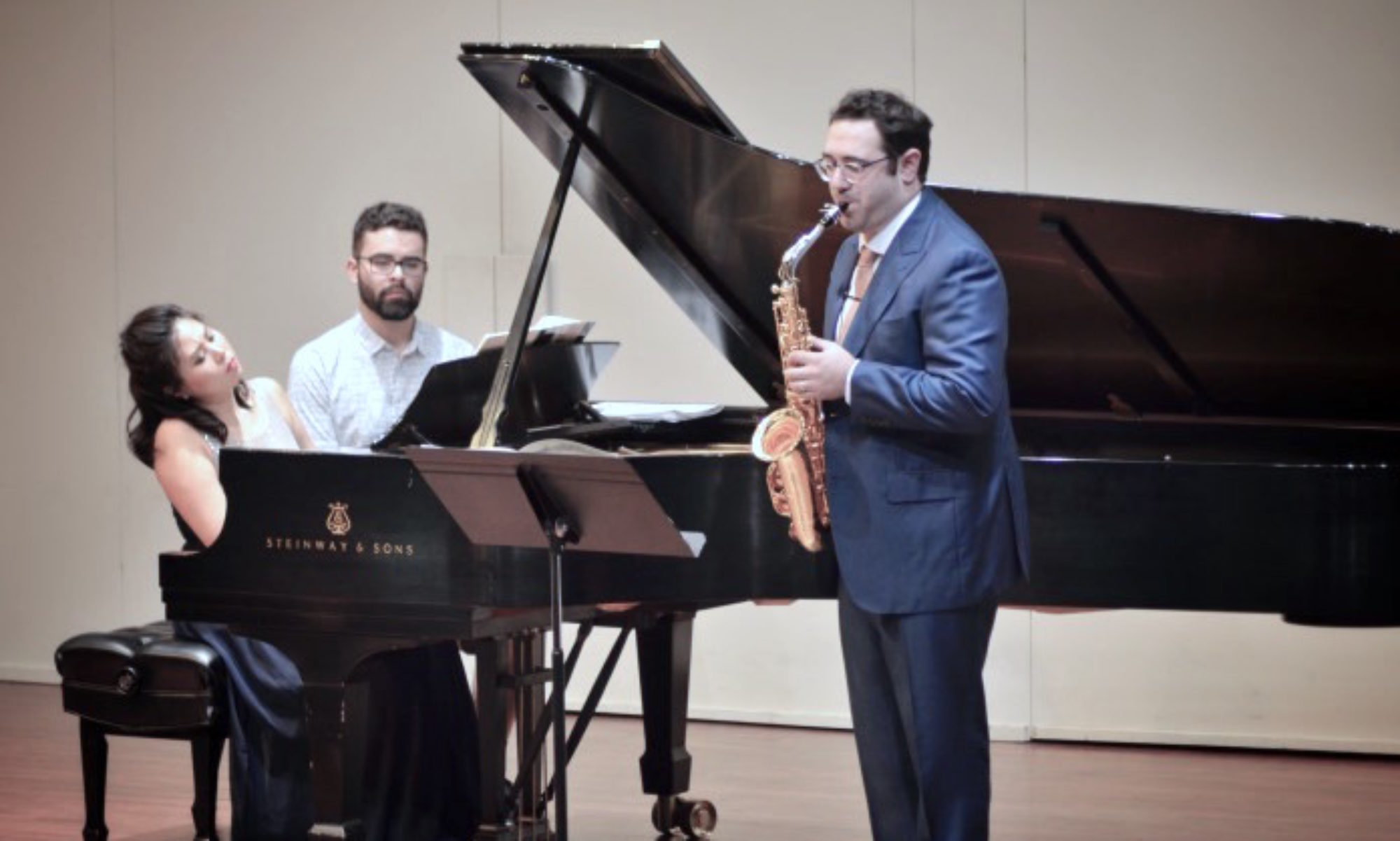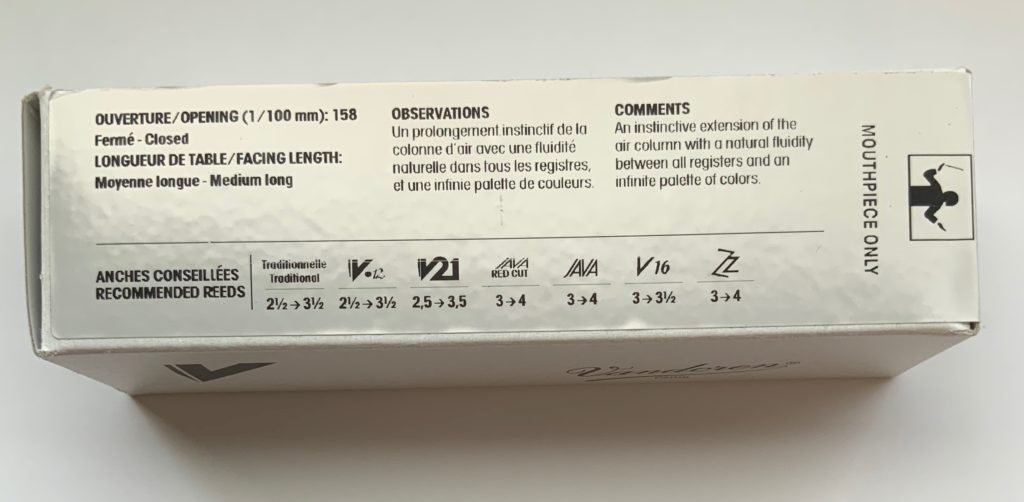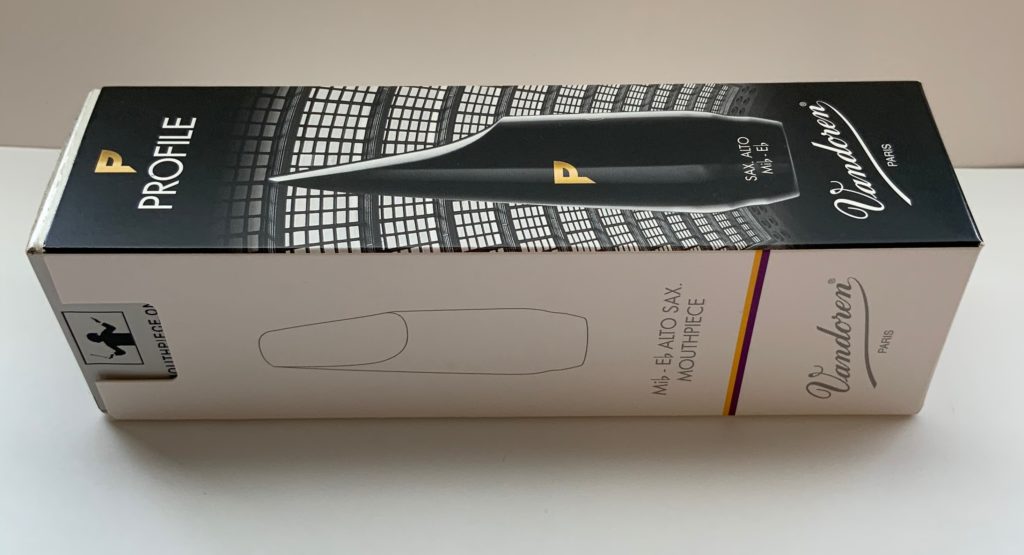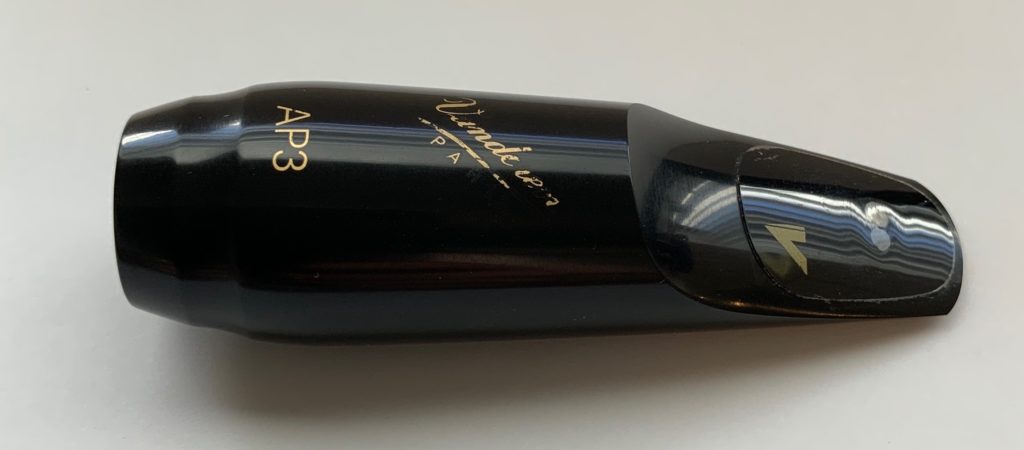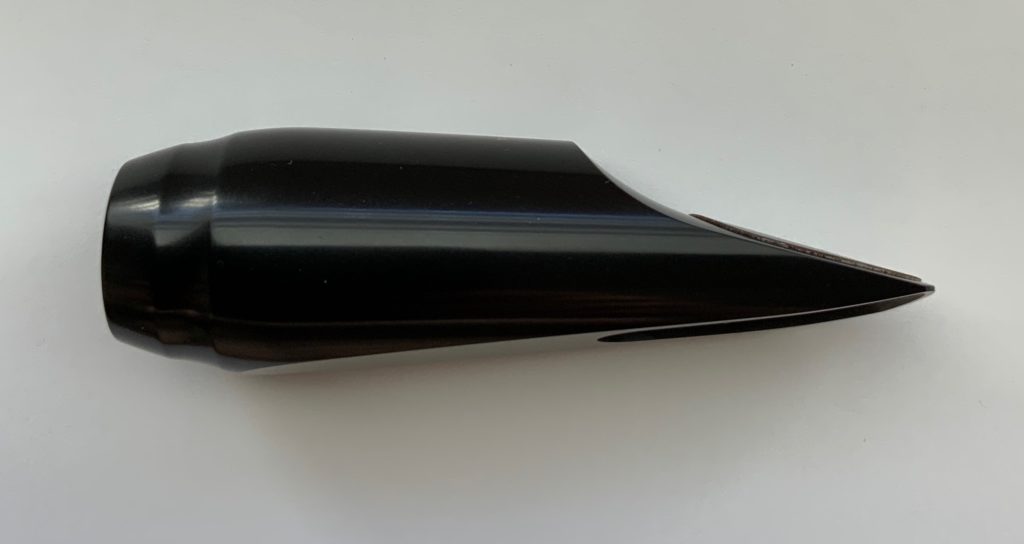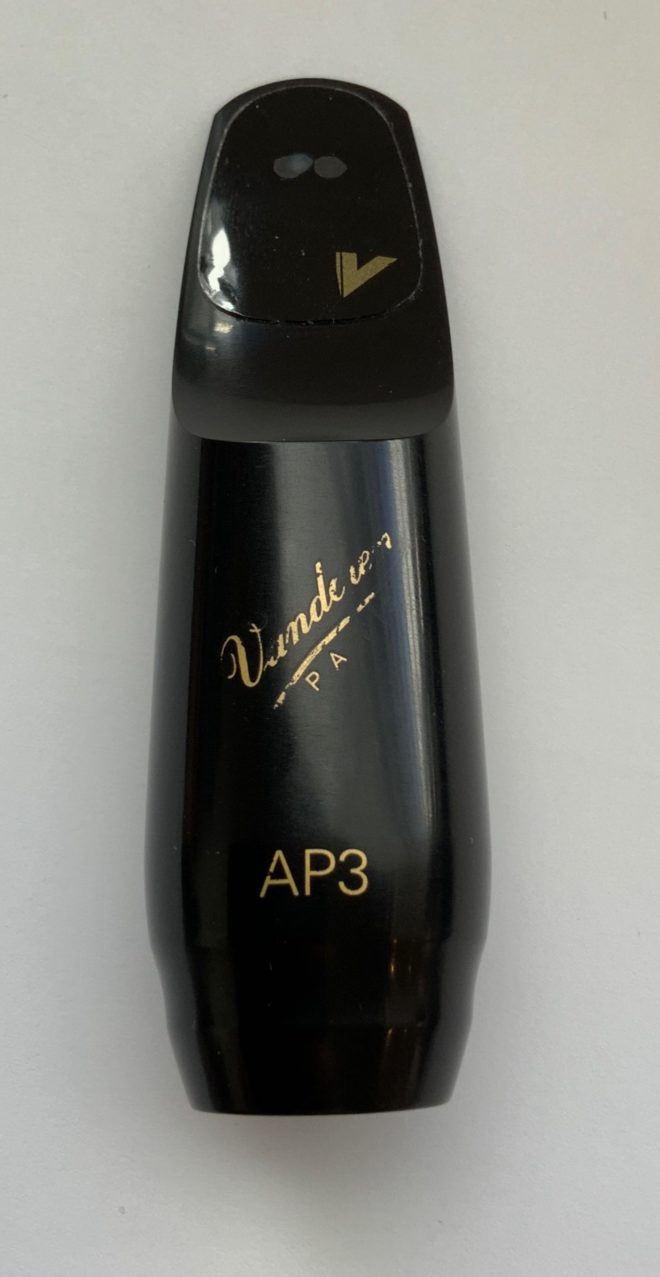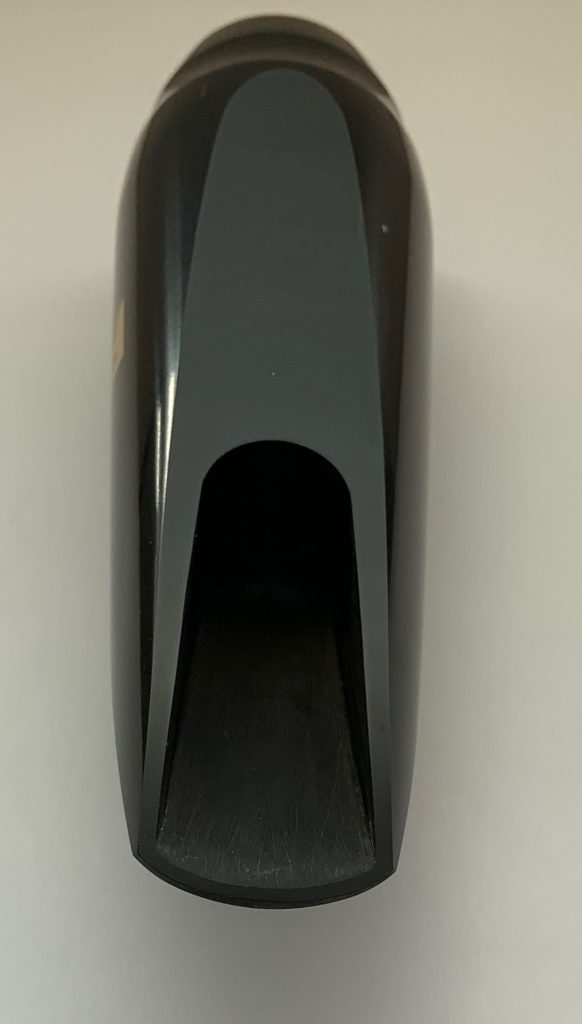
I purchased the AP3 in August 2019 from the Vandoren Advisory Studio in Los Angeles from 3 options, and decided to make it my main mouthpiece for at least 2 months—or at least as much as I could—to give Vandoren’s first new classical alto offering since the Optimum a thorough review. Of the three I chose from it was the example that I felt had the most color, but also the one that when I had the right reed felt like there was some ‘magic’ in the sound. The other examples were consistent, but less colorful.
The first thought I had as I blew into the AP3 was how incredibly responsive the mouthpiece is throughout the range. It has an immediacy that lends itself to a harder reed than I might normally choose for its tip opening, but does not necessarily require it. The altissimo register responds smoothly and with ease, without much change from where I usually place the notes, and the low register response is remarkable, which I did not expect with a larger tip opening than I am used to (1.58mm by digital measurement, exactly as indicated by Vandoren).
Compared to my S90 190, the sound feels open. It is perhaps not as dense through the middle range, but has a very even color. It has a clear, crystalline sound, without being brittle, as it is still full and projects well. The mouthpiece plays so well that I decided to use it in a performance of the Philip Glass Quartet a few days after purchase. Even though I wasn’t yet fully comfortable on it, the AP3 performed remarkably well.
The shape of this mouthpiece is, to me, similar to the Selmer Concept. It is sleek and shapely, which is not a description I would apply to the Optimum. To that end, it is interesting to note the beak profile of this mouthpiece: it is more thin and straight than the Concept’s thin duckbill, until it reaches a distinctive upturn at the back. It is in contrast to the medium height beaks of the Selmer S80, S90, and Concept—or even the Vandoren V5 series—and to the taller beak profile of older Soloists or the D’Addario Reserve line (although some may put them in the medium category).
To me, the AP3 is a mouthpiece for those who want the Vandoren sound and may have enjoyed the sound of the A28 or other V5 mouthpieces—or perhaps loved that sound on recordings, but could never quite replicate it—or those that want that characteristic sound but don’t feel that Optimum line offers the color, flexibility, or dynamic range they seek.
Something that I and many of my colleagues have noted is that the A28 can be a lot of work to play. This work is worthwhile, but as life, work, teaching, or any other number of other obligations can take away from the practice time, a mouthpiece that is so rewarding with daily practice and regular work can become difficult to manage. On the other end of the range, the Optimum line offers a lovely sound, but at times I have felt that a lack flexibility and color are sacrifices I don’t want to make and I often find myself returning to a mouthpiece which offers a larger palette. I recently tried the Optimum line again and found a very good example, but I still wasn’t able to find all of the textures and colors I look for.

This is where the AP3 enters Vandoren’s lineup. I feel that the AP3 combines the color and flexibility of the A28, the playability of the updated V16 line, and the purity of sound of the Optimum. Due to its flexibility it is not quite as stable in pitch or timbre as an S90 or Optimum, but that isn’t necessarily a bad thing, as with flexibility comes a multitude of sound colors.
I have no reservations about recommending this mouthpiece to saxophonists, either professional or student. It is an excellent new option and a terrific mouthpiece. If one is looking for a new mouthpiece, I would definitely include this on the list to try.
Review Note: I tend to find that recordings can tell more about the player than they do the product, and therefore aren’t as helpful as written observations about the feel and sound of a mouthpiece for me. For those curious, Jérôme Laran now has quite a few YouTube videos in which he is playing the AP3, and while it still sounds like him, it is possible compare them to the recordings he made using an Optimum AL3 over several years.
